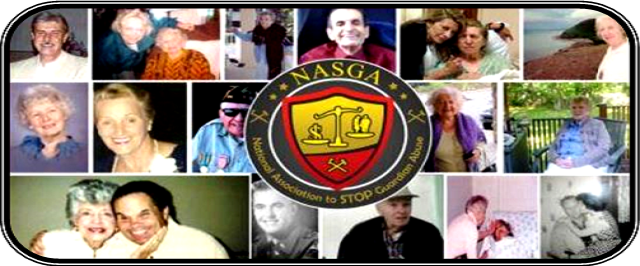Being close to someone who is suffering because of trauma can be a difficult, bewildering experience. Trauma symptoms may appear suddenly, sometimes surfacing many years after a traumatic event. Or symptoms may creep up gradually. You might notice your loved one seems “off”—not like their usual self. Or their emotions can flare up suddenly and intensely for little apparent reason, even to the person. Some trauma survivors seem unusually flat or numb. They may become needy or clingy. Or they may withdraw, refusing help entirely.
Although symptoms may differ, responses to trauma have a similar underlying cause: a nervous system stuck in threat. Understanding what happens inside a person experiencing posttraumatic stress (commonly referred to as PTSD) provides a pathway to compassion, clarity, and possible solutions.
This article is not therapeutic advice, and the advice of a qualified psychotherapist should always be sought. Think of this article as a general guide for families who suspect that a loved one has been impacted by trauma.
Trauma and stress are not the same thing. Stress refers to the body’s response to threat—a physiological and biochemical cascade of bodily changes designed to ensure survival. Informally, “stress” can also refer to subjective experiences: how it feels to be experiencing the challenge in the environment and in the body’s responses.
The difference between stress and trauma is one of degree. Not all stress is bad; we need some challenges to stimulate us and encourage our growth. Trauma (or traumatic stress), on the other hand, refers to an internal state of overwhelm. This is an important point, and it explains why something that is “no big deal” for one person can be extremely traumatizing for another.
Trauma comes from overwhelm—when environmental circumstances are perceived as bigger than the individual’s capacity to handle them. When overwhelm happens, the body automatically mobilizes a survival response to deal with the threat, just as it does during stress. However, when the threat is too big or lasts too long and there is no effective response, it becomes trauma. For example, a person being cruelly taunted may not fight back because if they do, they may get into legal trouble and make the threat even worse. Not fighting back may be the smart thing to do, but the overall result is the body’s automatic survival response is ineffective against the threat.
When there is no way to fight back or run away, instead of deactivating, the mobilized survival response becomes “stuck” in the “on” position. It wants to complete and turn off, as it would if there had been a successful resolution of the threat, but it can’t. As a result, some bodily functions are stuck on “on.” For example, there may be lasting changes in blood pressure, heart rate, digestion, muscle tension, hormonal levels, and emotional reactivity.
Both stress and trauma involve the activation of the body’s threat response cycle. This survival response is hardwired into all vertebrate animals. Under threat, the unconscious brain and the body attempt to:
- Orient to the perceived threat (stopping, looking, listening, etc.)
- Evaluate the perceived threat
- Then, based on that evaluation, respond with either fight, flight, or freeze
- If the stimulus is determined to not be a threat, return to normal (called “deactivation”)
Most importantly, threat responses are unconscious, hardwired, and involuntary. People cannot control these responses. When trauma has occurred, the person’s nervous system may still be involuntarily responding to prior circumstances more than to what’s actually happening. (This is what causes flashbacks or other re-experiencing of traumatic circumstances.) Posttraumatic stress responses are essentially the body’s survival alarms going off at the wrong time, because they have never been able to completely turn off.
Posttraumatic survival responses also occur much more quickly than conscious thought. In fact, intense activation of the threat response cycle shuts down the cortex, the area of the brain responsible for rational thought and verbal communication. This is why logical arguments don’t work when a person is in a posttraumatic stress response. They may be, literally, “too angry for words.” This also means that, for the most part, people with posttraumatic stress don’t intend to respond inappropriately to things going on in the environment around them and may feel very badly after the event is over, but at the moment, their automatic survival wiring is running the show.
Even when acute trauma triggers are not causing posttraumatic survival responses, a person whose nervous system is stuck in some phase of the threat response cycle is likely suffering. Eventually, they may start to numb out (dissociate) to protect against the ongoing awful feelings. Others become caught in cycles of addictive behaviors in order to try to manage the distress. (Continue Reading)
Full Article & Source:
How to Help Someone with Posttraumatic Stress (PTSD)


No comments:
Post a Comment